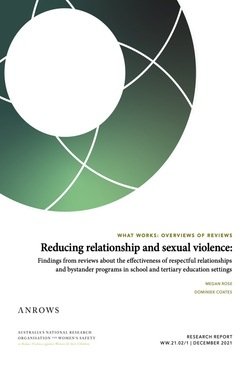By GlobeScan
The research questions and results reported herein are provided on a confidential basis to the World Wildlife Fund (WWF). WWF is free to use the findings in whatever manner it chooses, including releasing them to the public or media, after consultation with GlobeScan on the use and dissemination of the data. GlobeScan Incorporated subscribes to the standards of the World Association of Opinion and Marketing Research Professionals (ESOMAR). ESOMAR sets minimum disclosure standards for studies that are released to the public or the media. The purpose is to maintain the integrity of market research by avoiding misleading interpretations. If you are considering the dissemination of the findings, please consult with us regarding the form and content of publication. ESOMAR standards require us to correct any misinterpretation.
World Wildlife Fund, 2020. 83p.





















